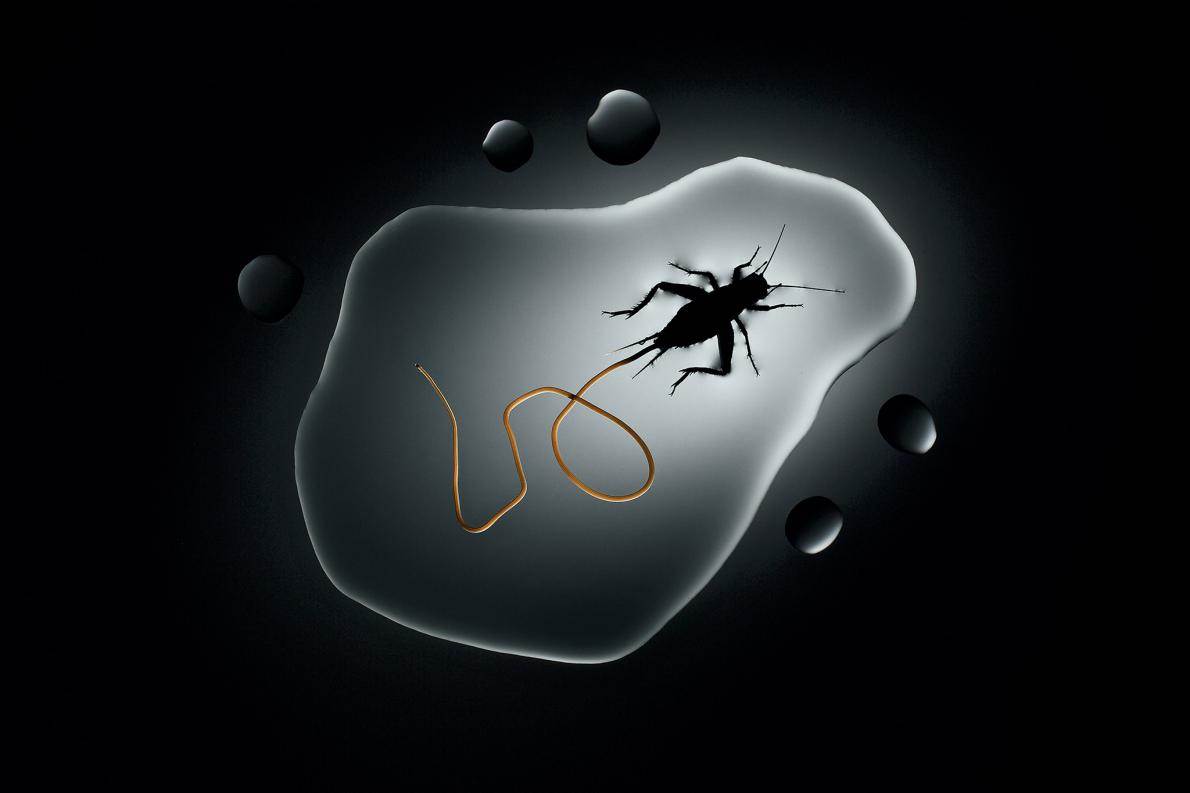


Does this behaviour only occur in infected crickets? The Field ExperimentĪlso in 2000, Thomas took a more experimental approach.

Second, 100% of the 10 crickets the researchers rescued from the pool immediately jumped back in. Five individuals managed to escape the pool after depositing the infection, despite the evisceration caused by the parasite. First, when the worm left the host body, some of the crickets lived. If the crickets jumped to their watery graves, the scientists collected both the empty cricket shell and the horsehair worm that emerged.ĭuring those summers, the researchers observed several crickets jumping into the pool and releasing parasites. They sat and watched crickets arriving in the area. Over the summers of 20, Thomas conducted field observations of the crickets from the forest adjacent to the private pool. Source: University of Nebraska-Lincoln, Soni Cochran, 2011. The horsehair worm grows until it takes up the entire body cavity of the host insect. They created an experiment to determine whether or not the horsehair worm manipulated its insect host to leap to its death. Thomas and colleagues thought this conflict could account for the strange behaviour seen at the pool in France. The worm needs water, and the forest dwelling cricket cannot swim. Once the worm has grown to full size, it can exit the cricket and move on to the reproductive stage of its life cycle. The parasite invades every part of the cricket, except for the head and legs. The worm then grows until it takes up the majority of the body cavity of the host. The insect host, a cricket in this case, gains the parasite by consuming the microscopic larvae of a horsehair worm. However, the juvenile horsehair worms must first parasitize insects such as crickets in order to grow to their adult stage. This can only occur in their natural aquatic environment. They mate in large, tight clusters of worms. The adults of this taxon live freely in bodies of water. They determined that the infestation occurred because of a Nematomorpha, a large group (or taxon) of worm species commonly known as horsehair worms. The scientists fished the dead crickets from the pool along with their apparent parasite. Thin, white worms more than three times the length of the crickets wriggled free of the water-logged corpses.ĭr. Once there, the crickets promptly drowned. Crickets from the neighbouring forest hopped across the concrete patio and into the pool. Thomas from the Centre d’Etude sur le Polymorphisme des Micro-Organismes noticed something odd. In the summer of 2000, a group of scientists stood around a private pool in the south of France.


 0 kommentar(er)
0 kommentar(er)
